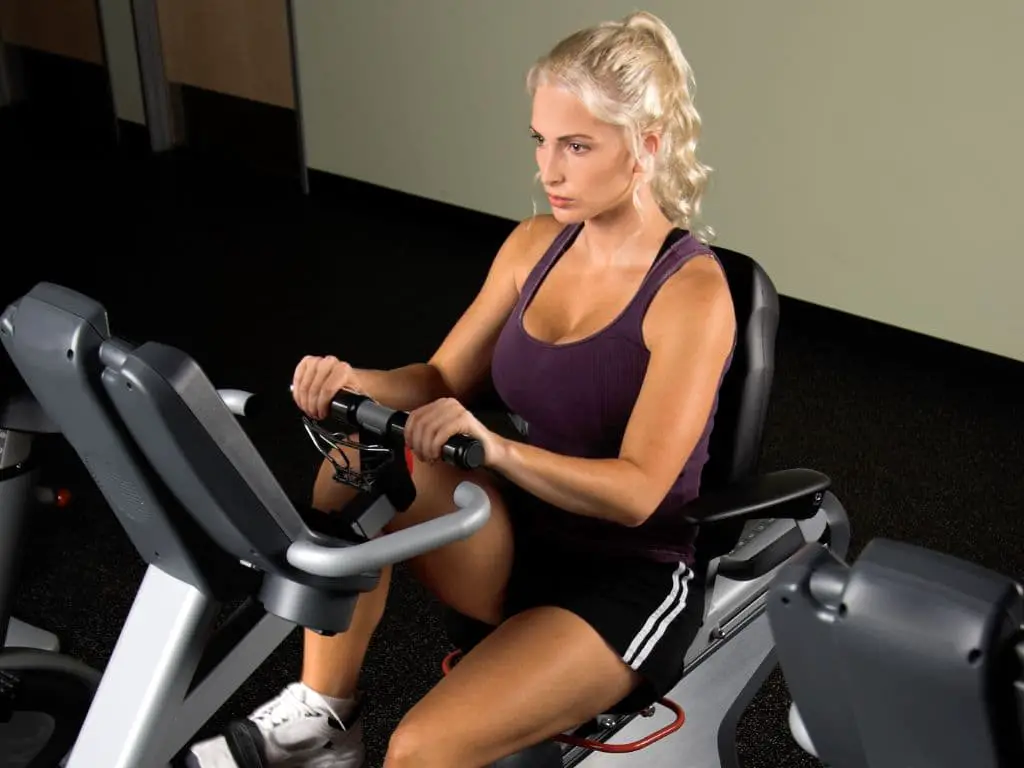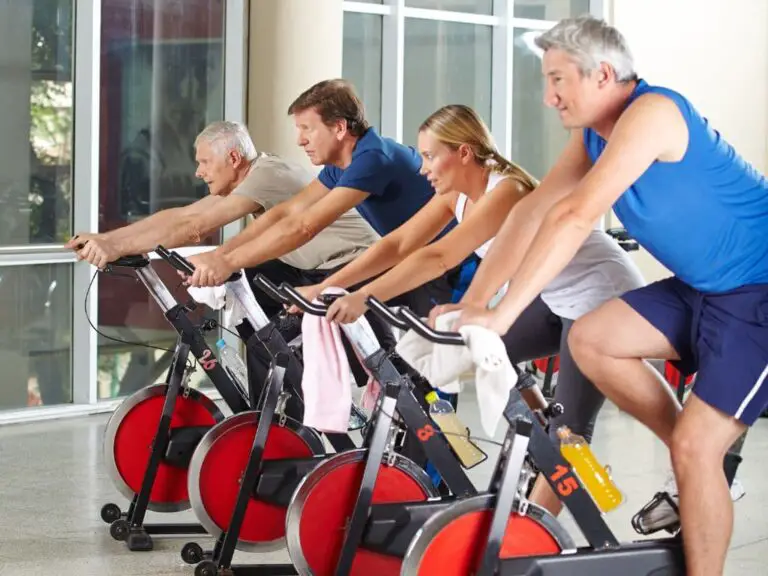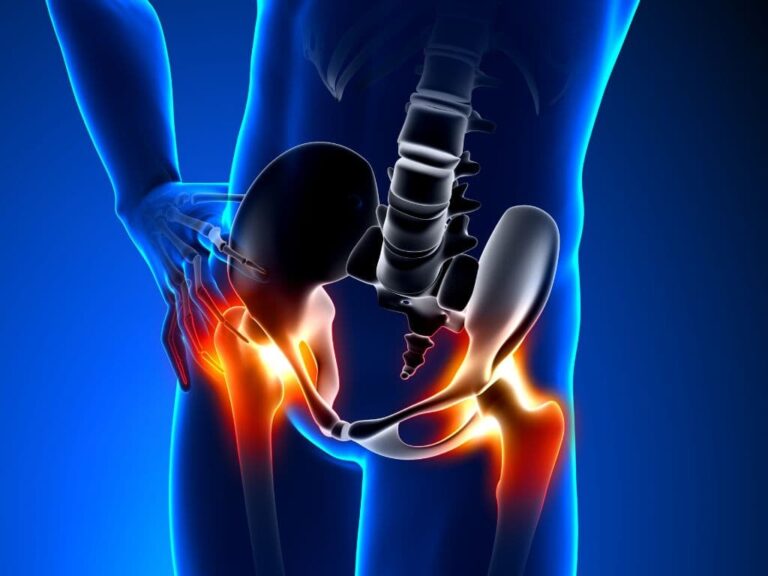What are the Disadvantages of Using a Recumbent Bike?
A recumbent bike is a type of exercise bike that allows the user to recline while pedaling. Recumbent bikes have a backrest and a seat that resembles a chair, allowing you to recline in a laid-back position as you pedal with your legs extended forward. This reclined body position is the main difference between a recumbent bike and a traditional upright exercise bike.
Recumbent bikes are often seen as being more comfortable and supportive for the back than upright bikes. The laid-back reclining position also allows you to exercise in a seated position without bearing weight through your legs and hips in an upright stance. This can make recumbent bikes a good option for people with back pain, arthritis, or other joint problems that are aggravated by the upright bike riding position.
However, there are some potential disadvantages to using a recumbent bike that are important to consider before purchasing one.
The disadvantages of using a recumbent bike include less engagement of core muscles due to the supportive backrest and seat, difficulty in mounting and dismounting due to its lower seat height and reclined position, especially for those with mobility issues. Recumbent bikes are also typically more expensive than upright exercise bikes due to their complex design.

What are the Disadvantages of Using a Recumbent Bike?
While recumbent bikes can be more comfortable than upright bikes for some users, the reclined body position does come with some disadvantages. Here are some of the main drawbacks to consider if you are thinking about buying a recumbent bike:
Recumbent bikes may not engage the core muscles as much as an upright bike. When you ride a regular upright bike, you naturally have to engage your core abdominal and back muscles to maintain proper upright posture and pedal efficiently. On a recumbent bike, the backrest and seat support the back so you don’t have to activate these muscles as much. This means you can miss out on some of the core-strengthening benefits of the upright riding position.
It can be more difficult to get on and off a recumbent bike. The lower seat height and reclined position of a recumbent bike means you have to use more effort to swing your leg over the frame and get seated. For those with mobility issues or conditions like arthritis, this maneuver can be challenging. Upright bikes allow you to simply step through the frame to get on and off the seat more easily.
Recumbent bikes tend to be more expensive than upright exercise bikes.Due to their more complex design with a backrest and extended seat, recumbent bikes cost more to manufacture. You’ll typically pay $400-600 more for a recumbent bike over a similar quality upright bike. So if you’re on a tight budget, the cost may be prohibitive.
What are the Benefits of Using a Recumbent Bike?
While recumbent bikes do have some drawbacks, they also provide some unique benefits for certain users. Here are some of the advantages of using a recumbent bike:
Recumbent bikes provide excellent low-impact cardiovascular exercise.The seated reclined position allows you to pedal comfortably for long durations without bearing weight through your legs and hips. This makes it a gentler form of cardio exercise perfect for seniors, those recovering from injuries, and people with conditions like arthritis.
The comfortable position contributes to weight loss. You can burn just as many calories on a recumbent bike as with an upright model. But the laid-back seat and backrest enable longer workout sessions. This allows you to expend more total energy and calories for enhanced weight loss results over time.
Recumbent bikes can aid in rehabilitation and physical therapy. The adjustable seat positions accommodate limited mobility or range of motion. The bikes allow for gentle pedaling motions that strengthen the leg muscles with minimal joint strain, which is perfect for rehab and physical therapy.
For those who need a comfortable, low-impact cardio workout, recumbent bikes can provide unique advantages. But they may not be suitable for riders looking to intensely engage all the muscles involved in upright cycling.
Who are the Best Candidates for Using a Recumbent Bike?
Due to the disadvantages and benefits outlined above, recumbent bikes appeal most to specific populations. Here are the types of users who may benefit most from a recumbent bike:
Seniors often gravitate toward recumbent bikes. The laid-back reclined position is easier on the back and hips. Recumbent bikes also don’t require balance like upright bikes, making them safer for older adults to mount, dismount, and ride. The adjustable seat accommodates age-related flexibility limitations.
Those with back pain or arthritis benefit from the seated reclined position.By taking pressure off the lower back and hips, recumbent bikes allow for gentle cardio exercise without exacerbating painful joints or spinal conditions. The seat supports the tailbone to avoid discomfort.
People with obesity may feel more comfortable on a recumbent bike. The wider, more supportive seat makes recumbent bikes perfect for larger-bodied individuals. The frame design also allows for easier mounting and dismounting with minimal agility required.
For the average healthy adult looking for vigorous cycling to tone the whole body, an upright bike may still be preferable to a recumbent model. But recumbent bikes can maximize comfort for specific populations.
How to Choose the Right Recumbent Bike for You
If you decide a recumbent bike is the right fit for your needs, here are some factors to consider when selecting the right model:
Look for adjustable seat positions. Make sure the seat can slide backward or forward and recline to tailor the fit to your body proportions and flexibility. Adjustable handles are also ideal to accommodate different arm lengths in the reclined position.
Test it out before buying. Visit the store and go through the process of mounting, adjusting the seat, and pedaling to ensure the bike feels stable and comfortable for you. Don’t buy online without testing first.
Compare features among different brands. Look for recumbent bikes with smooth, quiet magnetic resistance systems and comfortable seat cushioning. Higher price points offer more adjustability and pre-programmed workout options.
Choosing the right recumbent bike involves balancing your budget with the comfort, stability, and adjustability features you need for an optimal ride. Don’t compromise on the seat comfort and fit.
How to Use a Recumbent Bike Safely and Effectively
Once you have the right recumbent bike, use proper form and technique to maximize your workout effectiveness and safety:
Maintain good posture. Avoid slouching down into the backrest. Keep your head, shoulders and hips aligned, with a slight arch in your lower back. Engage your core.
Position the seat properly. Adjust the seat height and distance to allow for a slight bend in the knee at full extension. Your legs should not lock out or strain to reach the pedals.
Vary your resistance. Use easier resistance for warm-ups and cool-downs. Increase the intensity for cardio conditioning. This engages different muscle groups.
Keep your RPM cadence steady. Pedal at a consistent rotations per minute in the 60-80 RPM range. Pedaling too fast or slow can increase injury risk.
With proper bike settings and exercise form, you can maximize your workout on a recumbent bike while avoiding potential disadvantages. Consult a personal trainer if needed to perfect your recumbent bike riding technique.
Frequently Asked Questions
-
What is one disadvantage to riding a recumbent bike?
Advantages of a Recumbent Bicycle A recumbent bike is usually more expensive than regular bikes. A recumbent’s weight is generally higher than a regular bicycle. You will find a more comfortable seat and tubing, as well as a triple amount of chain.
-
Does recumbent bike burn belly fat?
A recumbent bicycle burns calories and allows you to lose weight throughout your body. Spot reduction is not possible. However, a combination cardio exercise such as the recumbent bike and abdominal strengthening exercises can help flatten and strengthen your stomach muscles.
-
Are recumbent bikes hard to pedal uphill?
The uphills are slower, but the downhills are faster. It can feel a little strange to go uphill with a recumbent at first. It’s difficult to put weight on the hills when you can’t get up and pedal. Relax and enjoy the ride.
-
Is a recumbent bike good for arthritis?
Because it provides a comfortable, low-impact form of exercise that is easy on the joints, this recumbent bicycle must have been created with arthritis in mind.
-
Are exercise bikes good for over 70s?
Because they offer low-impact cardio, stationary bikes can be a great piece of equipment for senior citizens. An exercise bike, unlike running and walking which can cause pain or arthritis in the joints, is much more relaxing than riding.
-
Is recumbent bike good for hip pain?
Reclining on a recumbent bicycle puts less strain on your joints. The semi-reclined seating of the bike provides back support as well as comfort. It reduces the strain on weight bearing joints like your hips and knees. This bike will place less stress on your hips and pelvis than an upright bicycle. Riders are also less likely to be injured by this bike.
-
What are the benefits of using a recumbent bike?
Recumbent bikes allow you to work your glutes, calves and thighs with less effort. The recumbent bike has a higher and wider seat than an upright one. Recumbent bikes are also less stressful on the joints. This is great for people with arthritis.
-
Which is better an upright or recumbent exercise bike?
We recommend recumbent bikes to seniors and those who don’t want to use their core muscles too often during exercise. The upright bike is best for those who are more focused on results than overall fitness.
-
Is recumbent bike as good as walking?
The same benefits of stationary cycling as those from walking will be realized with the additional benefit that stationary cycling puts less strain on the joints than walking.
-
Is a recumbent bike good for knees?
Recumbent bikes are safer for the joints and easier on the knees. The recumbent bicycle is better for those with chronic knee pain. The recumbent bike is low-impact and can strengthen the muscles without straining. It won’t cause you to lose your balance.







